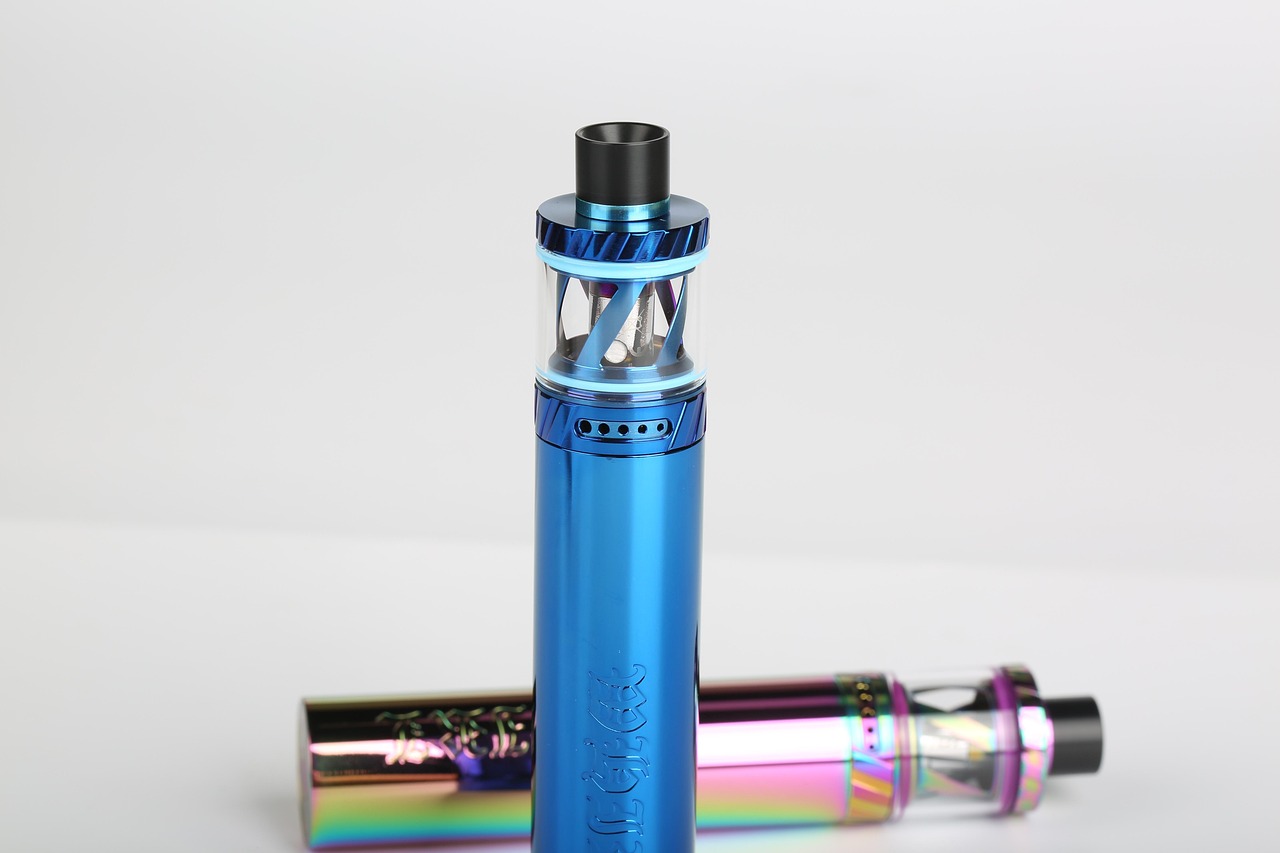- 27 Oct 2025

E-cigarettes, commonly known as vapes, have exploded in popularity as a modern alternative to smoking. Promoted as a cleaner and less harmful option, they’ve gained traction among those looking to quit cigarettes—and among younger users as a trend.
But the real question remains: Is vaping actually better than smoking? Let’s explore the science, risks, and key differences.
An e-cigarette is a battery-powered device that heats a liquid (known as e-liquid or vape juice) into an aerosol that users inhale. The liquid usually contains nicotine, flavorings, and other chemicals.
Unlike smoking, which involves burning tobacco and inhaling smoke, vaping generates vapor without combustion. That means no tar, and significantly fewer toxic chemicals are released.
Want to learn more? Read our detailed guide: What Are E-Cigarettes?
When you smoke a cigarette, you inhale smoke from burning tobacco, which releases over 7,000 harmful chemicals, including known carcinogens like formaldehyde, benzene, and arsenic.
In contrast, vaping exposes you to fewer toxic substances, and there’s no combustion or tar. However, most vape products still contain nicotine, which is highly addictive and can negatively affect heart rate, blood pressure, and brain development in teens.
So while vaping might be less harmful, it is not risk-free—especially if used long-term or recreationally.
Most health experts agree that vaping is less harmful than smoking, but they are careful to add: less harmful does not mean safe.
Reduces exposure to cancer-causing chemicals
No tar or smoke residue in the lungs
Less secondhand risk to others
Can act as a quitting aid when supervised properly
However, risks remain:
Vaping can cause lung irritation and, in some cases, severe injury (e.g., EVALI)
Long-term health effects are still unknown
Nicotine dependency can continue or even worsen
If you’re comparing vape types, read: CBD Vape vs Nicotine Vape – What’s the Real Difference?
If you’re a current smoker, switching to vaping may be a safer step toward quitting altogether. Many people use e-cigarettes as a bridge to becoming nicotine-free.
That said, vaping should not be considered a permanent solution. Use it strategically:
Stick to reputable, lab-tested vape products
Slowly reduce your nicotine dosage
Work with a healthcare provider if possible
Aim for complete cessation over time
If you’ve never smoked, vaping is not for you. While it may seem harmless, vaping can lead to nicotine addiction, especially among teens and young adults who are drawn to flavored products.
Even nicotine-free vape juices can contain harmful chemicals that may damage lung tissue or irritate your respiratory system.
So, is e-cigarette better than smoking? Yes—but only for smokers looking to quit. Vaping is generally less harmful than traditional cigarettes, but it still carries risks—especially for new users or long-term use.
The healthiest option remains clear: Don’t smoke. Don’t vape. Choose to breathe clean.